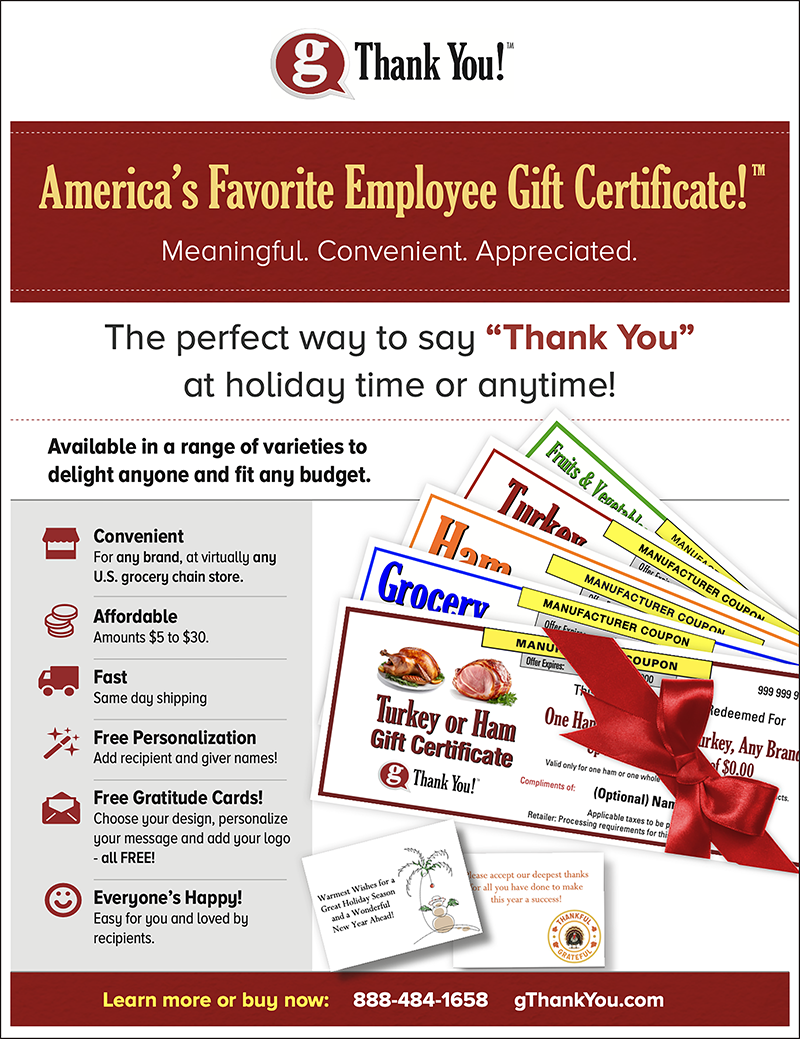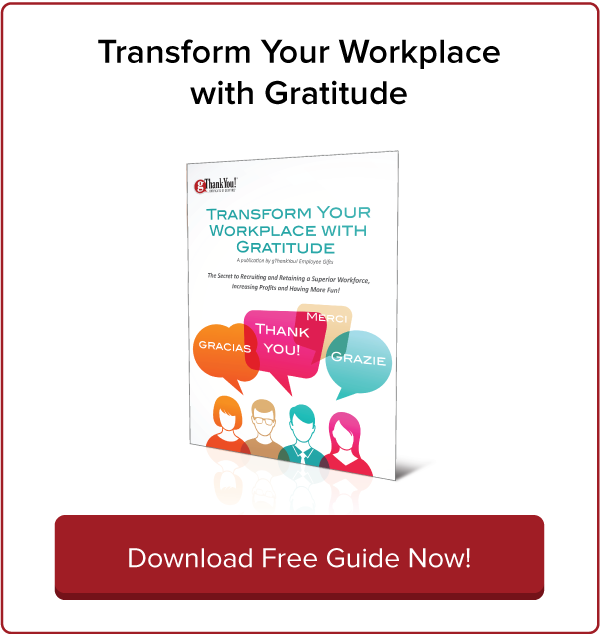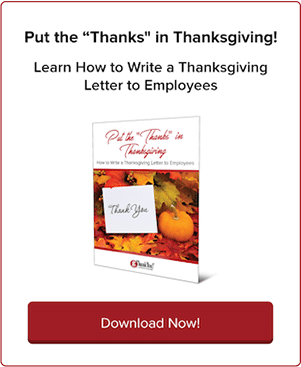
Happy Friendship Day! Photo of Friendship Day celebration display by Ananta Bhadra Lamichhane
Survey Says…
In an article about workplace friendships for L & D Daily Advisor, writer Lin Grensing-Pophal cites a Gallup Q-12 employee engagement assessment tool which asks the questions, “Do you have a best friend at work?” Why ask that question? Well, research by Gallup indicates that having a best friend in the workplace correlates with higher job satisfaction rates AND a reduction in the likelihood that an employee will depart to find a different job.
Sadly, a New York Times opinion piece by Adam Grant indicates that the number of employees who say they have a friend (not even a best friend) in the workplace is declining.
Why Companies Should Help Foster Friendships
When the employee recognition company O.C. Tanner tested the concept that having best friend at work is important, they learned that:
- 75 percent of those employees with a best friend at work indicated they “feel they’re able to take anything on,” compared to 58 percent who didn’t have a best friend at work
- 72 percent of employees with a best friend at work were satisfied with their jobs, compared to 54 percent who didn’t have a best friend at work and weren’t satisfied with their work
How Companies Can Help Foster Friendships
Your budget to equip your office with Ping Pong, foosball and pool tables might not be as large as Google and Facebook, but you can still encourage colleagues to become friends through fun workplace interactions. Gary Beckstrand of O.C. Tanner suggests the following in an article for Inc.:
- Schedule enjoyable “offsites” that provide employees an opportunity to come together in a non-work setting.
- Ensure that employees aren’t chained to their desks for the entire workday, focused more on their computers and chatting on Slack than real-life interactions.
- Think about scheduling team lunches or social breaks.
Additional suggestions for creating a climate that nurtures friendships:
- Allow some social time at the beginning of meetings or conference calls, rather than diving right into business.
- Don’t be overly sensitive to the time employees may spend “around the water cooler” or chatting in the breakroom; these interactions are important.
- Encourage leaders, including senior leaders, to attend the social functions that the company sponsors—picnics, holiday parties, etc.
- Be friendly yourself – project a friendly demeanor and encourage social interactions which can help build an environment where friendships boost engagement, loyalty and retention.
Once Again, Gratitude Helps
Greater Good Magazine examined the impact of gratitude on relationships. Research has already shown that gratitude helps us “initiate, maintain, and strengthen our relationships” and may cause us to be more helpful to coworkers.
But recent studies asked what specific information is processed in the mind that causes us to feel gratitude, and why did gratitude evolve in the first place? Initial results are helping researchers understand that:
“…gratitude helps to reinforce other people’s good deeds and to jump-start mutually cooperative relationships.”
Who doesn’t want more of that in the workplace?
More Days (and Ways) to Celebrate Employees and Workplace Friendships
This one-of-a-kind resource gives you the tools and inspiration to build a culture of appreciation every day of the year. Download yours today, absolutely free.
“In life, one has a choice to take one of two paths: to wait for some special day — or to celebrate each special day.” – Rasheed Ogunlaru, coach and author








